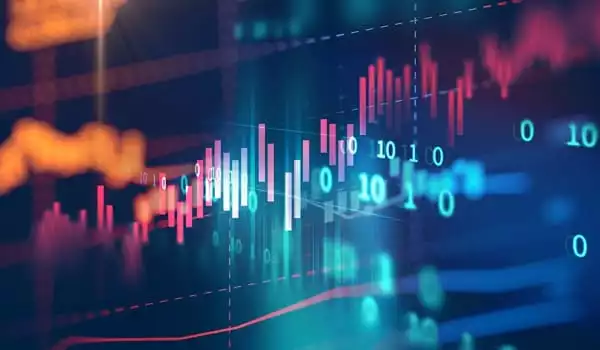The incorporation of quantum algorithms into machine learning programs is known as quantum machine learning. The term is most commonly used to refer to machine learning methods for analyzing classical data that are run on a quantum computer, i.e. quantum-enhanced machine learning. While machine learning algorithms are used to process massive amounts of data, quantum machine learning uses qubits and quantum operations or specific quantum systems to improve the computing speed and data storage performed by algorithms in a program.
New research has given the field of machine learning on quantum computers a boost by removing a potential hurdle to the practical implementation of quantum neural networks. While theorists previously believed that training a quantum neural network would require an increasingly huge training set, the quantum No-Free-Lunch theorem published by Los Alamos National Laboratory reveals that quantum entanglement eliminates this exponential overhead.
“Our findings show that both big data and big entanglement are useful in quantum machine learning. Even better, entanglement leads to scalability, which eliminates the difficulty of exponentially expanding the size of the data in order to understand it” According to Andrew Sornborger, a computer scientist at Los Alamos and coauthor of the research published in Physical Review Letters. “The theory offers us hope that quantum neural networks are on the right route toward quantum speed-up, and that they will eventually beat their counterparts on conventional computers.”
Our findings show that both big data and big entanglement are useful in quantum machine learning. Even better, entanglement leads to scalability, which eliminates the difficulty of exponentially expanding the size of the data in order to understand it.
Andrew Sornborger
According to the classic No-Free-Lunch theorem, any machine-learning algorithm is as good as, but not better than, any other when their performance is averaged across all potential functions relating the data to their labels. This theorem, which demonstrates the power of data in traditional machine learning, has the clear result that the more data one has, the better the average performance. As a result, in machine learning, data is the currency that ultimately restricts performance.
In today’s world, quantum computers can be used and developed in the same way that neural networks are. To fix an issue, we can systematically change the physical control parameters, such as the strength of an electromagnetic field or the frequency of a laser pulse. A trained circuit, for example, can be used to identify visual content by encoding the image into the physical state of the device and recording measurements.

The new Los Alamos No-Free-Lunch theorem demonstrates that in the quantum realm, entanglement is also a currency that may be swapped for data in order to reduce data requirements. The scientists used a Rigetti quantum computer to entangle the quantum data set with a reference system in order to validate the new theorem.
“We demonstrated on quantum hardware that we could effectively violate the classic No-Free-Lunch theorem utilizing entanglement, but our new formulation of the theorem withstood experimental verification,” said Kunal Sharma, the article’s first author.
“Our theory argues that entanglement, like huge data, should be regarded a significant resource in quantum machine learning,” said Patrick Coles, a physicist at Los Alamos and senior author on the paper. “Classical neural networks rely solely on large amounts of data.”
Entanglement represents the state of an atomic-scale particle system that cannot be properly characterized alone or individually. Entanglement is an important aspect of quantum computing.
Quantum-enhanced machine learning refers to quantum algorithms that solve machine learning tasks, hence improving and frequently accelerating traditional machine learning techniques. Such methods often necessitate encoding the given classical data set into a quantum computer in order to make it available for quantum information processing. Following that, quantum information processing techniques are used, and the outcome of the quantum computation is read out by measuring the quantum system.
For example, the result of a qubit measurement shows the results of a binary classification problem. While many proposals for quantum machine learning algorithms are still entirely theoretical and require testing on a full-scale universal quantum computer, others have been implemented on small-scale or special-purpose quantum devices.





